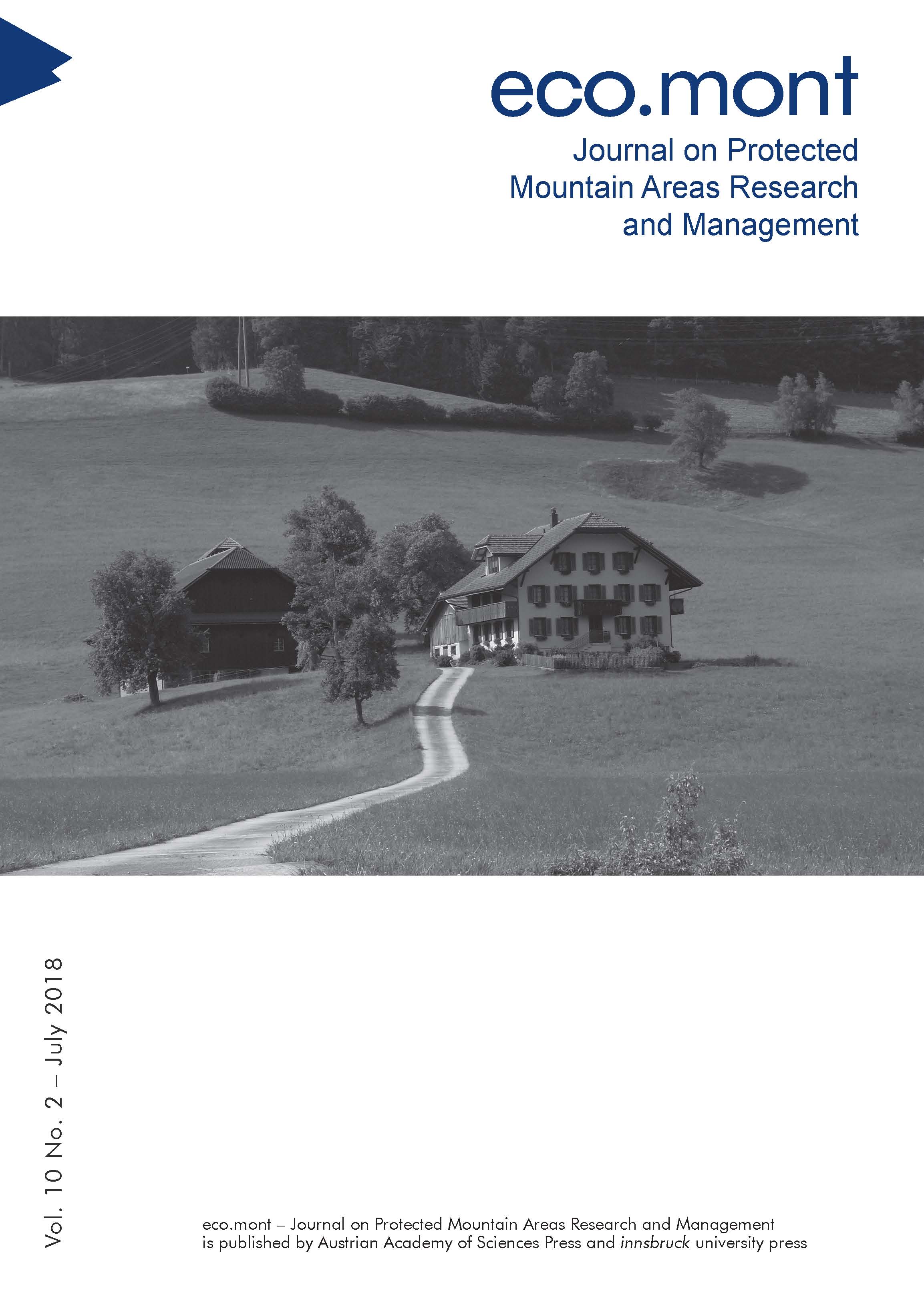
Eco.mont Vol. 10 Nr. 2, pp. 17-27, 2018/01/11
Journal on Protected Mountain Areas Research and Management

Historical data from forest management plans have the potential to shed light on changes driven by either the application or the abandonment of forestry practices. This information coupled with recent data allows temporal comparisons to be made between surveys at the same location. Here we present the temporal comparison of two forest compartments located in Val Tovanella (Oriented Nature Reserve [Riserva Naturale Orientata] and Site of Community Importance) in the south-eastern Italian Alps for which full callipering was available for two years (1957 and 2010), the first of which came from a management plan by the renowned forest ecologist Lucio Susmel (1914–2006). Both compartments currently host mixed silver fir, Norway spruce and beech stands, and have not been managed since 1948; but one was historically a high forest, whereas the other was an open wooded pasture. We aimed to reconstruct the changes in volume, number of stems and diameter classes for the two compartments by comparing species proportions and their changes over time. In both compartments, species composition changed. In general, a decrease in compositional importance of silver fir and an increase in beech were observed. Furthermore, in one compartment, Norway spruce showed a large increase. Volumetric changes confirmed such trends and highlighted a shift towards larger diameter classes. We conclude that the abandonment of traditional forest activities and, in particular, the avoidance of tending and coppicing activities are major factors favouring beech at the expense of silver fir in the study area. Traditional planning and inventory methods can help to understand long-term changes in forest structure and the effects of forestry in light of current scenarios of land-use and climate change in protected areas.
Keywords: Fagus sylvatica; Abies alba; nature conservation; forest management; land-use change; Natura 2000